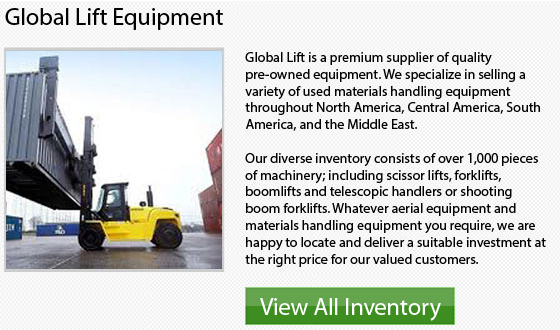
To be able to guarantee safety and productivity, your equipment must be maintained whether it is a used forklift or a new forklift. Careless forklift operation could result in added expenses due to abuse and damage. There are easy ways to identify operator practices that indirectly contribute to expenses associated to the improper operation of Caterpillar forklifts or lift trucks. The tips below would truly help you lower operating expenses while ensuring a long life for your equipment.
Causes Of Forklift And Facility Damage
Wrong Forklifts. Selecting the right lift truck equipment for the application is vital for safe and efficient forklift performance. One of the most common mistakes is using the wrong type of forklift or alternatives for the particular job. Equipment can suffer premature wear and tear. Parts could be subject to failure. Check that the lift truck is fitted with the right tires and that they are not worn.
Improper Forklift Operating Practices. A common cause of impact damage is incorrect forklift operating practices. Damage to product, equipment or facilities may occur while navigating around products. A congested work area lends itself to impacts. For instance, pushing pallets, called "Bulldozing", could wear tires and damage the transmission.
Unsafe Forklift Speeding and Lifting. Incorrect lifting practices could lead to personal injury and equipment damage. Common errors comprise lifting too high and traveling very fast. A load which is very heavy could cause the forklift to tip over. The operator must make sure that the forks are level.
Poor Floor Conditions. The most common cause of forklift damage are obstructions and debris on the floor. If twine, wood, plastic or banding gets into the engine compartment, the cooling system can be compromised. The result can be engine failure or even fire.
Axle or radiator damage is one more common consequence of driving over debris.

|

|